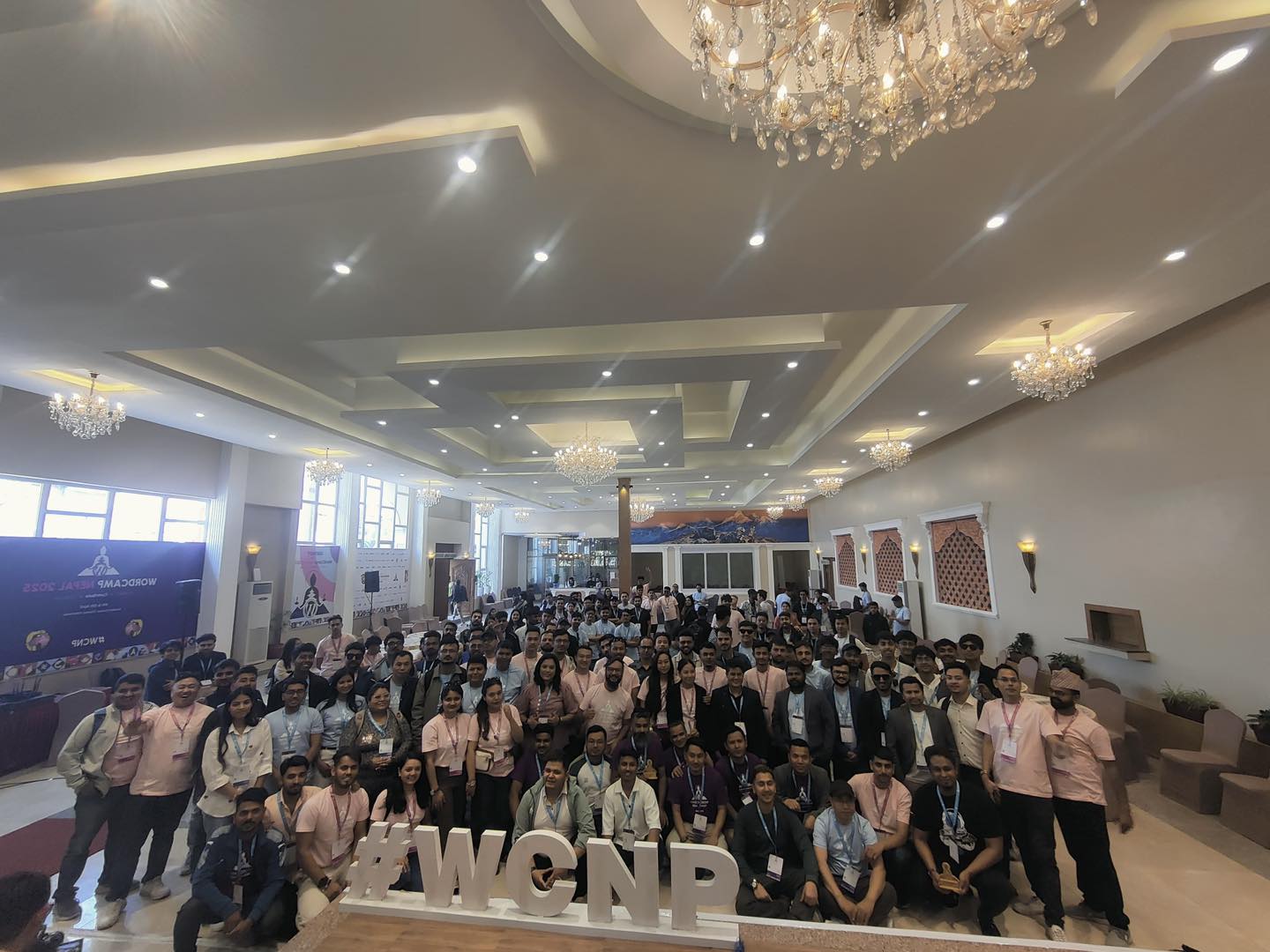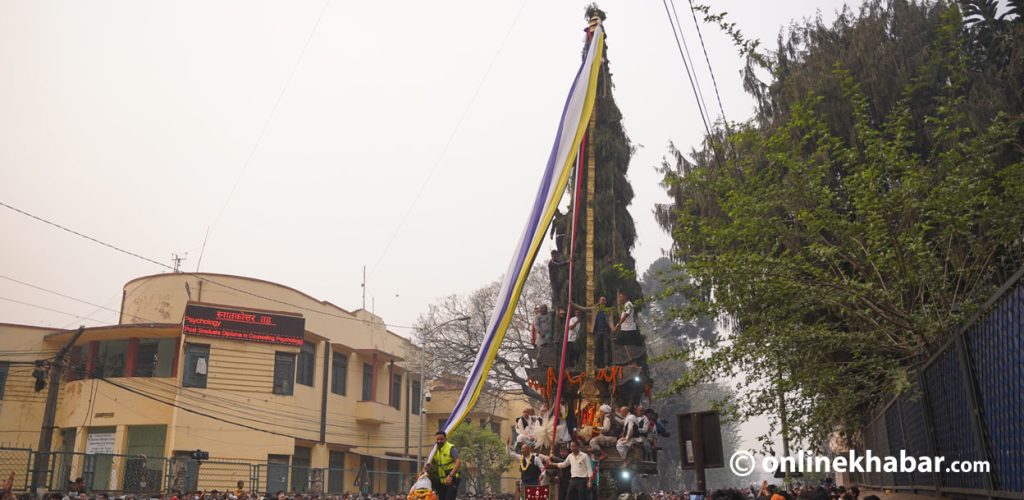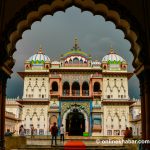The construction of a green park in Lainchaur of Kathmandu recently has sparked discussions about its need in the city and the hopes it creates. However, some of these hopes are suspected to be quite illusionary.
With an aim to focus on people’s welfare and contribute to a green, clean and healthy environment, a year ago, the Kathmandu metropolitan city’s ward 26 constructed the green park with the support of a private company. According to the planned project, the 54,921 square feet green park should include facets like a children’s play area, green garden, football ground, public gym, and more.
But, the spacious land now has a 7A size football ground set up with artificial green turf and just a few trees. This clearly shows ignorance towards the commitment to the environment and it seems to have been built for the sake of name and for easy maintenance.
The false fame
The so-called green park shows that the local body and the telco ignored the impact of trees on the environment, which is deeper than their aesthetic beauty alone. The use of green turf, also known as astroturf, is unacceptable in any place that is named a green park as it is made of plastic that kills the biodiversity of the garden. It contains plasticisers that break down and release toxic substances that could affect the lungs, reproductive organs, and kidneys if accidentally ingested or breathed in.
Also, artificial grass gets hotter during the summer because it lacks the cooling quality when the air temperature is high. There are multiple uses of the word ‘park’, but an urban or green park is defined as recreational land that incorporates nature, vegetation, water, air, and some geological processes.
Meanwhile, the authorities completed the construction of this park misleading the word ‘green park’ just to fulfil its own selfish agenda. They are now being held accountable for this impairing mistake.
The need for green parks in Kathmandu

In April 2021, Kathmandu’s air quality index crossed 600, making the city one of the cities in the world with the worst air quality.
The intensified accumulation of greenhouse gases in the atmosphere has led to rapid changes in the temperature trends and air quality making the earth warmer than ever.
This month, the northern part of India went through the hottest temperature in 120 years as per record. The heatwaves also affected Nepal’s few cities in early April this year. Kathmandu is facing temperature differences with only a slight distance. Due to the urban heat island (UHI) effect, the temperature of urban areas is 1°C to 7°C warmer than in non-urban and nearby rural areas.
One of the major rational solutions to UHI effect reduction is urban green spaces, which cool down the imposition of heat and help in shading and air movement. Kathmandu has turned into a concrete jungle where its dark coloured surface absorbs the sunlight. Also, the population growth, increasing rate of energy consumption, and urban compactness are some causes of the urban heat island effect in the valley.
The effectiveness of green infrastructures like urban parks, local parks, green roofs and street trees in reducing the UHI of Kathmandu is immense. Studies show that the air within large urban parks is up to 6°C cooler than the surrounding area and small green spaces reduce it by about 3°C.
The scorching metropolitan climate is escalating the health issues of the public, specifically chronic respiratory diseases, and could possibly influence the lifespan of people.
The drastic global climate change requires a response not only from the bigger countries or governments but also from the local authorities. In the context of Lainchaur green park, the local government of Kathmandu metropolitan city inconsolably failed to adapt to climate change through the possible reduction of risks.
The authority could have figured out the locally occurring climate-related hazards and the causes of their vulnerabilities. Adaptation is a strongly localised process and the locals could also have been aware of the destruction of biodiversity and the ecosystem during fake green park construction.
Parks and open spaces directly improve environmental resilience, but they also build social and economic resilience, particularly if they are developed and stewarded in a collaborative, community-driven approach. The capitalist companies that own the local authorities and the whole media need to realise that there are things that cannot be bought. Capital gains should not be given the most priority while the project is under corporate social responsibility. The artificial greenery and concrete structures cannot replace the value of urban trees and plants.
























